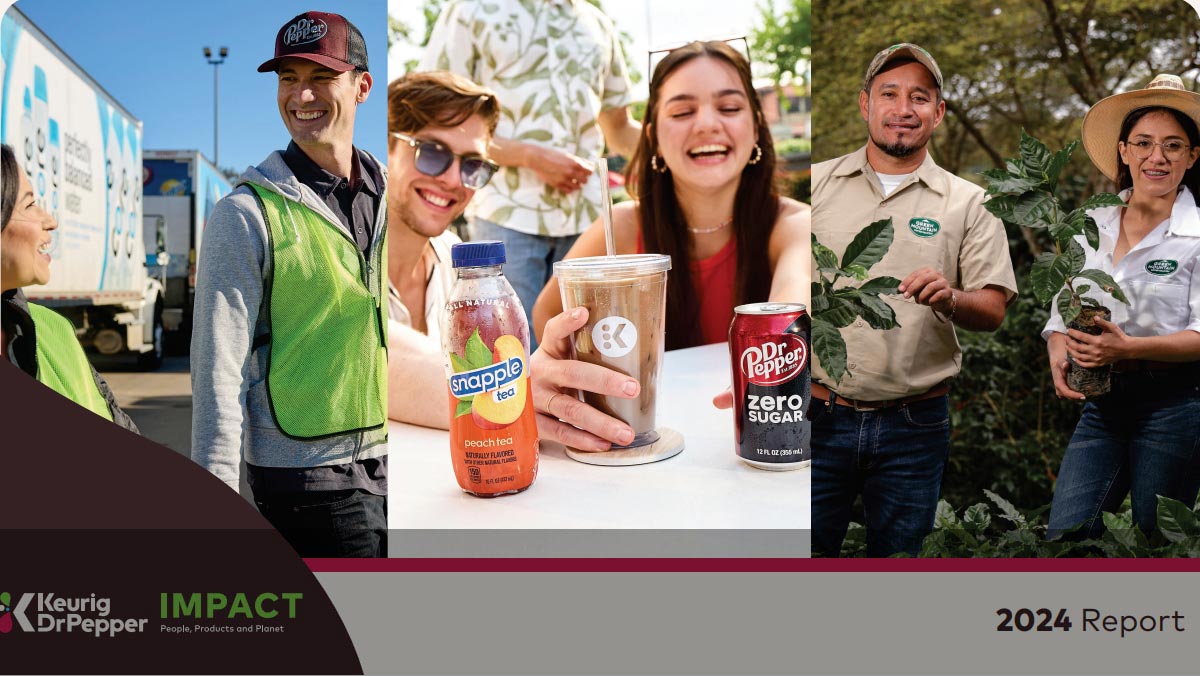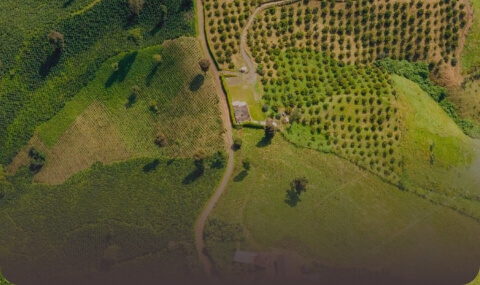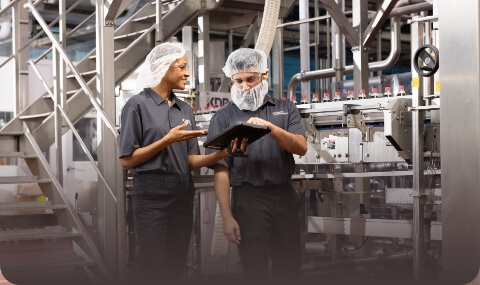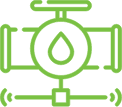Water Use & Stewardship
Strategy
Water is the primary ingredient in our products and used across our operations. As a leading beverage company, we have a responsibility to help address local and global water challenges, particularly in those areas that are more prone to water challenges like scarcity, water stress and drought.
Water Use & Stewardship Strategy
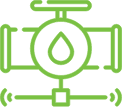
Water Efficiency in our Operations

Water Replenishment in our Operating Communities

Water Security & Access
As part of our aspiration to achieve Net Positive Water impact by 2050, we focus our water stewardship efforts on water availability, quality and access. Core to our approach is the use of periodic water assessments of our operations and supply chain. To refine our understanding of challenges for our high water-risk sites and to identify opportunities to implement water-related measures, we assess each site in the context of the surrounding watershed, the local water issues and other local entities’ interest and perspectives on those issues. More detail can be found in our CDP Climate Disclosure.
In addition, we invest in targeted water security and access projects within our value chain and in underserved communities. Specific to indirect water use from our suppliers who grow agricultural raw materials, we are working to protect water quality in select watersheds through projects related to regenerative agriculture. For the underserved First Nations, Métis and Inuit communities in Canada, we are supporting and collaborating to increase access to safe water. Our interconnected efforts and collaborations in climate and nature action are fundamental to our water stewardship work.
Management Approach
We collaborate with many nonprofit organizations and industry organizations to inform our strategy and report our progress. For example, we use resources such as a benchmarking analysis from the Beverage Industry Environmental Roundtable (BIER) to set targets and evaluate our performance. KDP’s cross-functional teams, including Procurement, Operations and Sustainability, collaborate to advance our water goals.
We have established several policies that outline our approach and reinforce our commitment to water use and stewardship. They include KDP’s Environmental Policy, Water Policy, Climate Policy and Supplier Code of Conduct.

Aspiration to achieve Net Positive Water Impact* by 2050
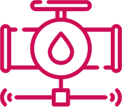
Invested in higher efficiency water treatment infrastructure at two manufacturing facilities which is estimated to save over 50 million gallons of water annually.
Replenishment of water used in our beverages from our highest water-risk operating communities through the end of 2024, an increase from 55% in 2023
Targeted water replenishment projects supported in California, Texas, Florida and Mexico since 2016
Supported projects that delivered
3,008 megaliters
of water volumetric benefit to areas of high-water stress in 2024
Hosted a workshop at World Water Week in Stockholm, Sweden, to raise awareness and discuss safe water access in underserved communities
*Net Positive Water Impact is defined as contributing more to basin health than what is taken from it, per the Water Resilience Coalition (Global Business Leaders Unite for Water Resilience).
We are working to reduce water stress by focusing on water efficiency, availability, quality and access.
- We continue to invest in water treatment infrastructure upgrades, such as two stage reverse osmosis, to improve the efficiency of our existing treatment infrastructure at targeted sites.
- At select manufacturing sites, we have implemented water use ratio dashboards to monitor and manage water use and efficiency.
- We periodically hold water optimization events at our manufacturing sites to identify water use efficiency opportunities and to create a culture of water stewardship.

Water Level Support
Collaborate on conservation efforts that directly shore up declining water levels and increase water supply reliability.

Infrastructure Improvement
Work with municipalities to create infrastructure that can increase and improve water treatment for major metropolitan areas.

Vegetative Land Restoration
Restore riparian land by planting native vegetation which is important to improving a region’s water quality and quantity.

Forest Protection & Conservation
Protect forests in watersheds to promote water catchment and groundwater recharge.

Wild Land Protection
Promote natural forestry practices and passive conservation to help safeguard natural sources of water and biodiversity.

Wetland Rehabilitation
Restore marshes and wet prairies via water control infrastructure that improves water holding capacity and encourages biologically diverse, high functioning wetlands.

Agriculture Water Conservation
Implement subsurface drip irrigation on farms to maximize on-farm outcomes and provide more flexibility for farmers to stretch resources in a drought and replenish resources in a deluge.

Agricultural Interventions
Promote enhanced irrigation management practices through land leveling and systems performance improvements.
Safe Water Access & Sanitation
Promote knowledge, leadership and equitable access to safe water and sanitation for underserved communities.
Watershed Protection
Utilize improved equipment and implement farming practices that increase water efficiency, optimize fertilizer application and minimize contamination of local waterways.
Photo Credit: RJ Wiley/Audubon

